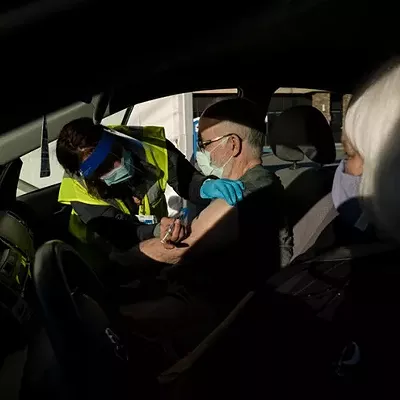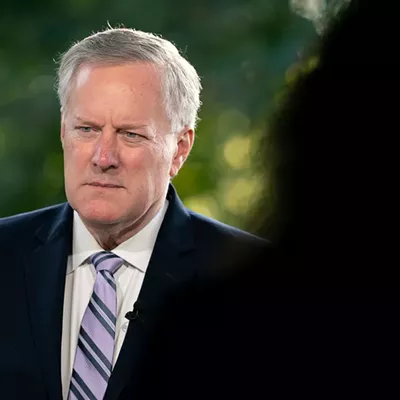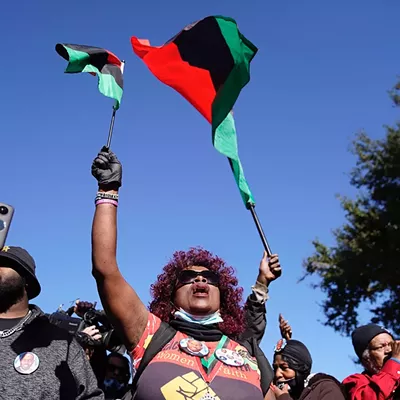
Peter Baker and Glenn Thrush
By New York Times News Service
WASHINGTON — President Donald Trump declared Tuesday that he was “not happy” about the bipartisan border security compromise negotiated by congressional leaders, but gave no indication whether he would sign or veto it before another government shutdown hits at midnight Friday.
In his first comments since learning details of the deal, Trump said he would have to study it more before deciding what to do. The compromise includes just $1.375 billion for new fencing along the border, far short of the $5.7 billion he demanded for a wall — and less even than the deal that he rejected in December, triggering a 35-day partial government shutdown.
He said he was “using other methods” to build the wall and played down the chances of having to close government doors again. “I don’t think you’re going to see a shutdown,” he said.
The measure, brokered by senior members of both parties from both chambers of Congress on Monday night, will be taken up as early as Wednesday by the House, which is controlled by Democrats, followed by the Senate, which is run by Republicans.
Sen. Mitch McConnell of Kentucky, the Republican leader, spoke with Trump by telephone Tuesday and urged him to accept the compromise.
“I hope he’ll sign it,” McConnell told reporters afterward. “I think he got a pretty good deal.” Notably, he did not rule out overriding a veto if Trump turned against the compromise.
Trump told reporters that he was still thinking about declaring a national emergency to bypass Congress and finance wall construction on his own authority, a move that McConnell has warned him against and that would almost surely be challenged in court.
But Trump seemed to be setting the stage for eventually swallowing the compromise and avoiding an emergency declaration by emphasizing that he was already building the wall and was “moving things around” in the budget from “far less important areas” to finance it even without Congress.
“Right now, we’re building a lot of wall,” he said. “And you think it’s easy? We’re building in the face of tremendous obstruction and tremendous opposition.”
In fact, no new walls have been built or financed by Congress based on the prototypes that the Trump administration unveiled in October 2017. Projects to replace or repair about 40 miles of existing barriers have been started or completed since 2017.














